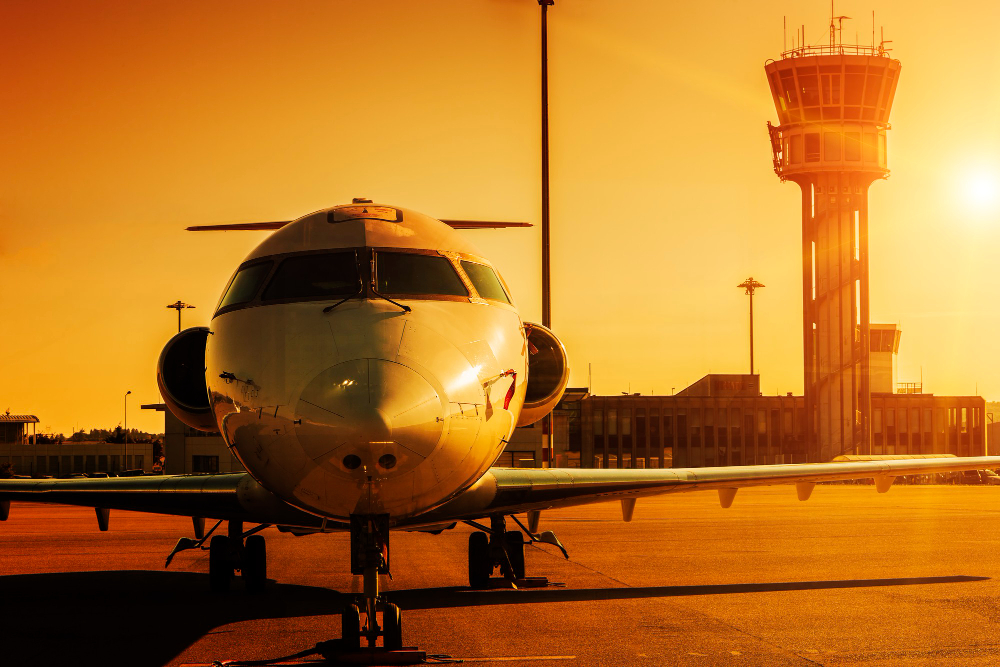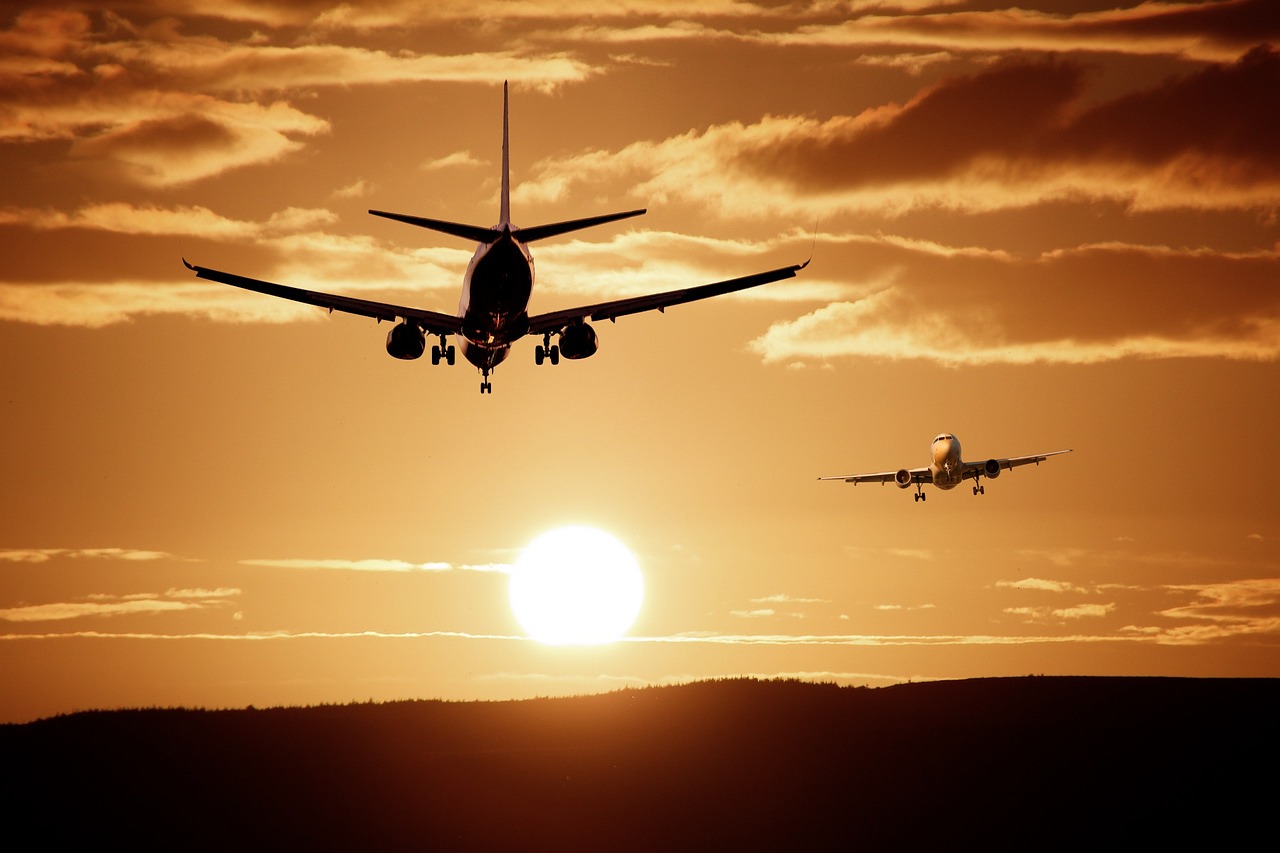For many passengers, there's nothing more nerve-wracking than hearing the pilot announce incoming turbulence due to extreme weather conditions. As the main drivers in the world of travel, flights, and airlines are crucial in the transport industry, carrying millions of passengers daily. But how do airlines handle extreme weather conditions? Here, we delve into this topic, offering some reassuring insights into the resilience and preparedness of flights and airlines.
Extreme Weather and Its Impact on Flights
Extreme weather events, such as thunderstorms, hurricanes, blizzards, and even extreme heat, pose a significant challenge for airlines. They can lead to delays, cancellations, and potential safety risks if not handled correctly. For an industry where safety is paramount, airlines and flights are equipped with sophisticated technology and protocols to deal with these conditions.
Advanced Weather Forecasting
One of the primary ways airlines handle extreme weather is by utilizing advanced weather forecasting tools. These tools provide airlines with accurate, up-to-the-minute information about weather patterns. This information helps pilots, flight dispatchers, and air traffic controllers make informed flight paths and scheduling decisions.
Rerouting and Rescheduling Flights
If extreme weather is anticipated, airlines may reroute flights to avoid the hazardous area. Flight paths can be adjusted mid-air, and air traffic control constantly communicates with pilots to provide updates on changing conditions. If the weather is too dangerous, airlines may choose to delay or cancel flights to ensure passenger safety. While this can be inconvenient, it's a necessary step in prioritizing safety over punctuality.
Aircraft Design and Technology
Modern aircraft are designed to withstand many types of extreme weather. For example, airplanes can typically fly over storms, while the aircraft's body and the engines are designed to handle lightning strikes without compromising safety. Flights are also equipped with onboard radar, allowing pilots to see and avoid bad weather up to 160 miles ahead.
Training for Pilots and Crew
Pilots and crew members undergo rigorous training to handle extreme weather conditions. This training includes simulator experiences and detailed instructions on how to respond to a variety of weather situations. Rest assured, the individuals in the cockpit are prepared for a host of weather-related scenarios.
Ground Operations
On the ground, airlines have plans in place to deal with extreme weather, including de-icing procedures, evacuation plans, and protocols for securing aircraft during storms. Passengers' safety is maintained even before take-off and after landing.
While extreme weather can disrupt flight schedules and create anxiety for passengers, airlines are well-equipped to handle these conditions. Through a combination of advanced forecasting, flexible rerouting, robust aircraft design, and thorough pilot training, flights, and airlines demonstrate resilience in the face of Mother Nature's wrath.
Next time you're on a flight experiencing turbulence or your flight gets delayed due to extreme weather, remember that the safety measures are firmly in place, and you are in good hands. The world of aviation and airlines is built to endure and overcome these challenges, ensuring your journey is as smooth and safe as possible.

.png)
.jpg)



.jpg)
